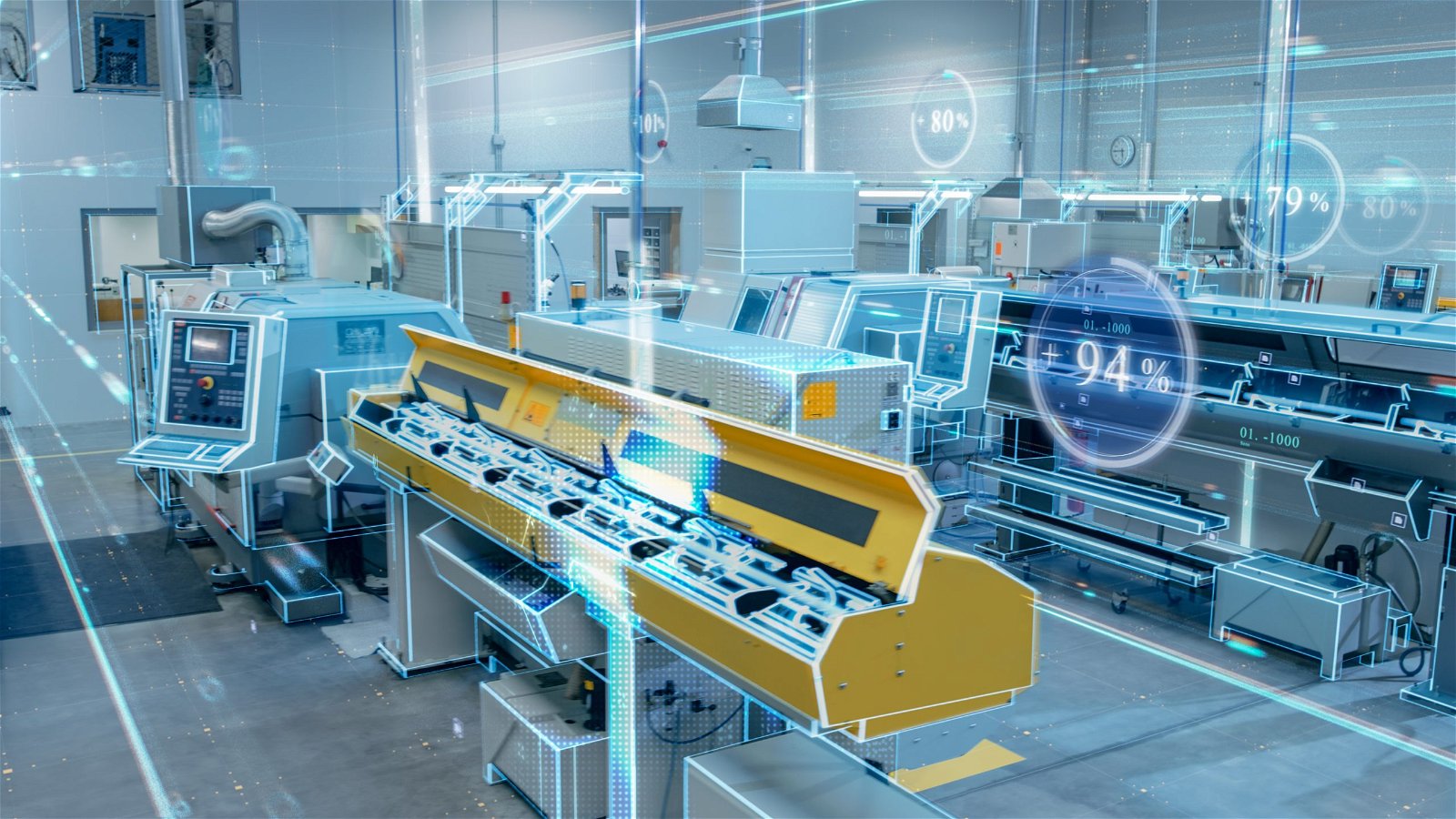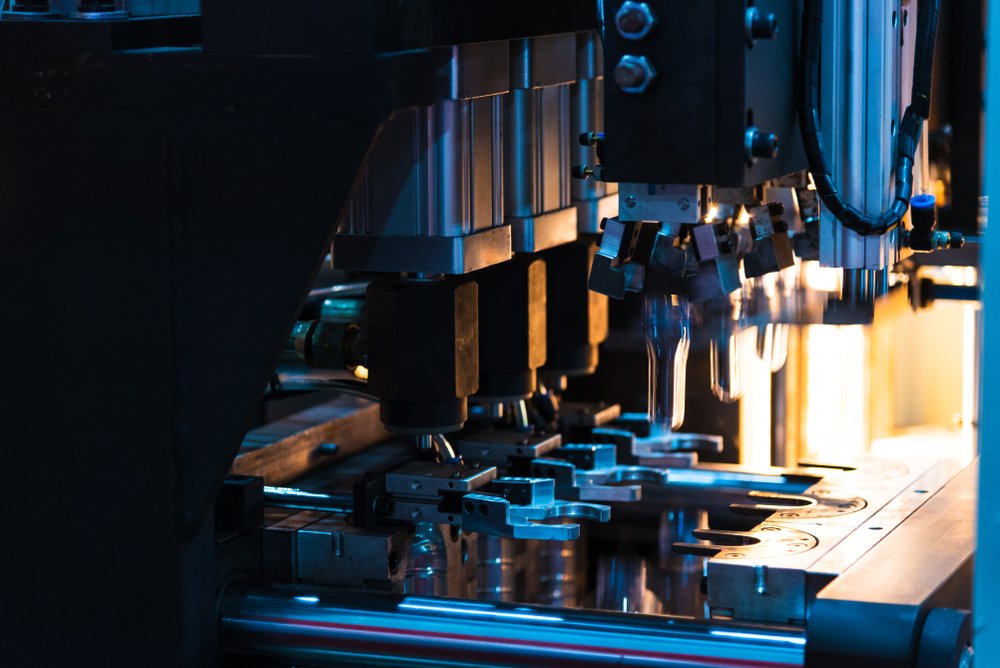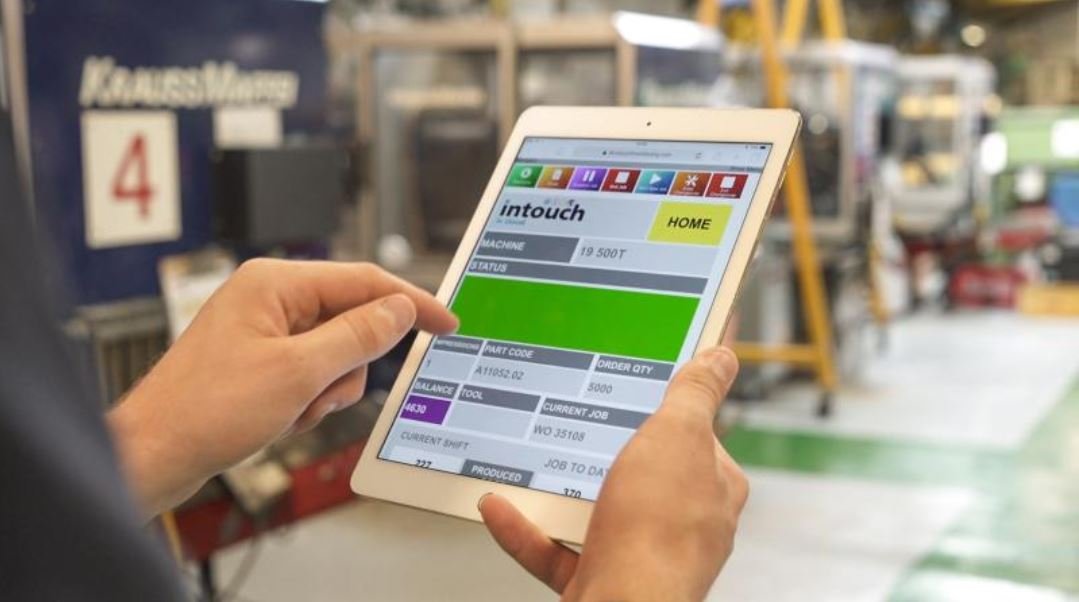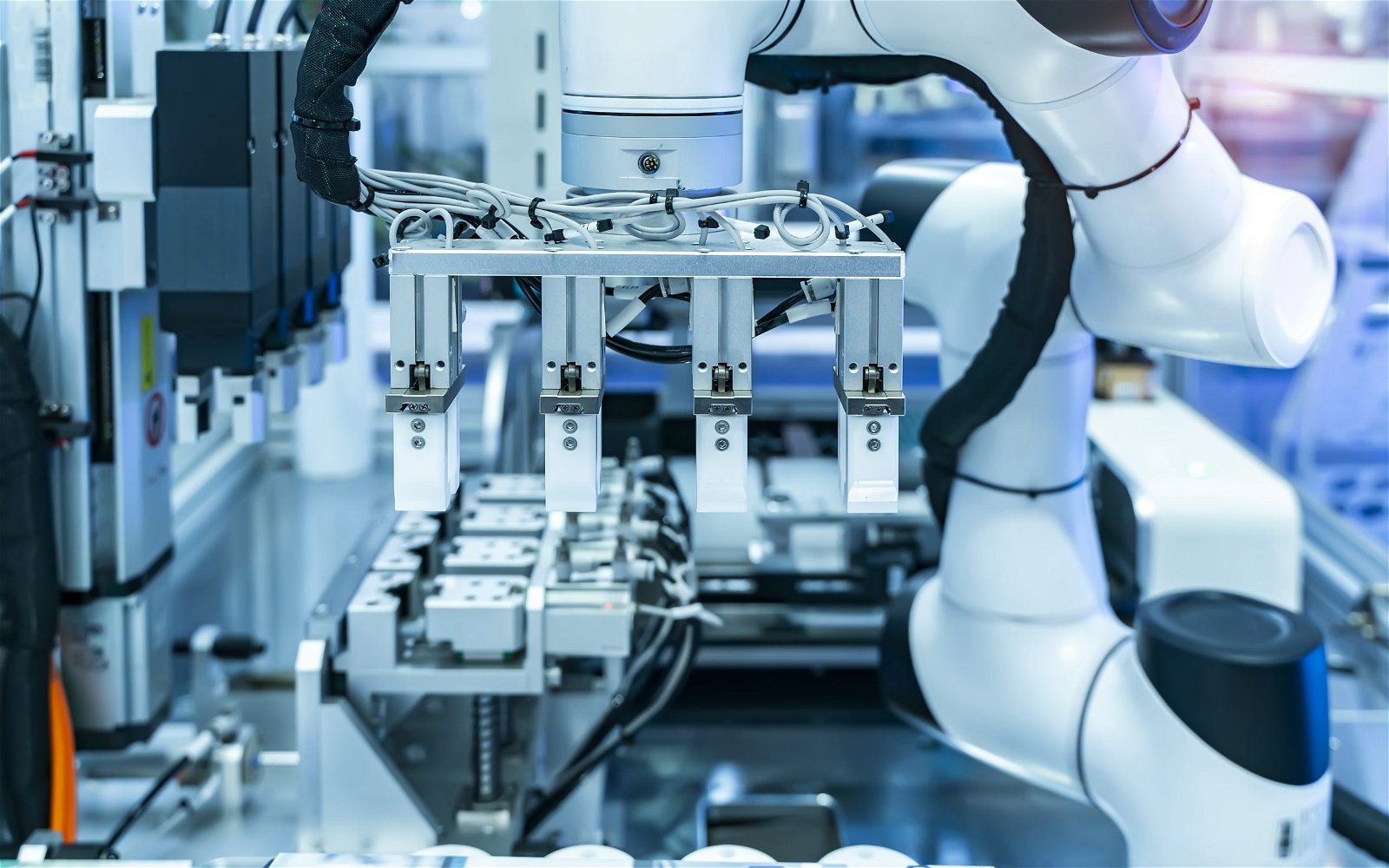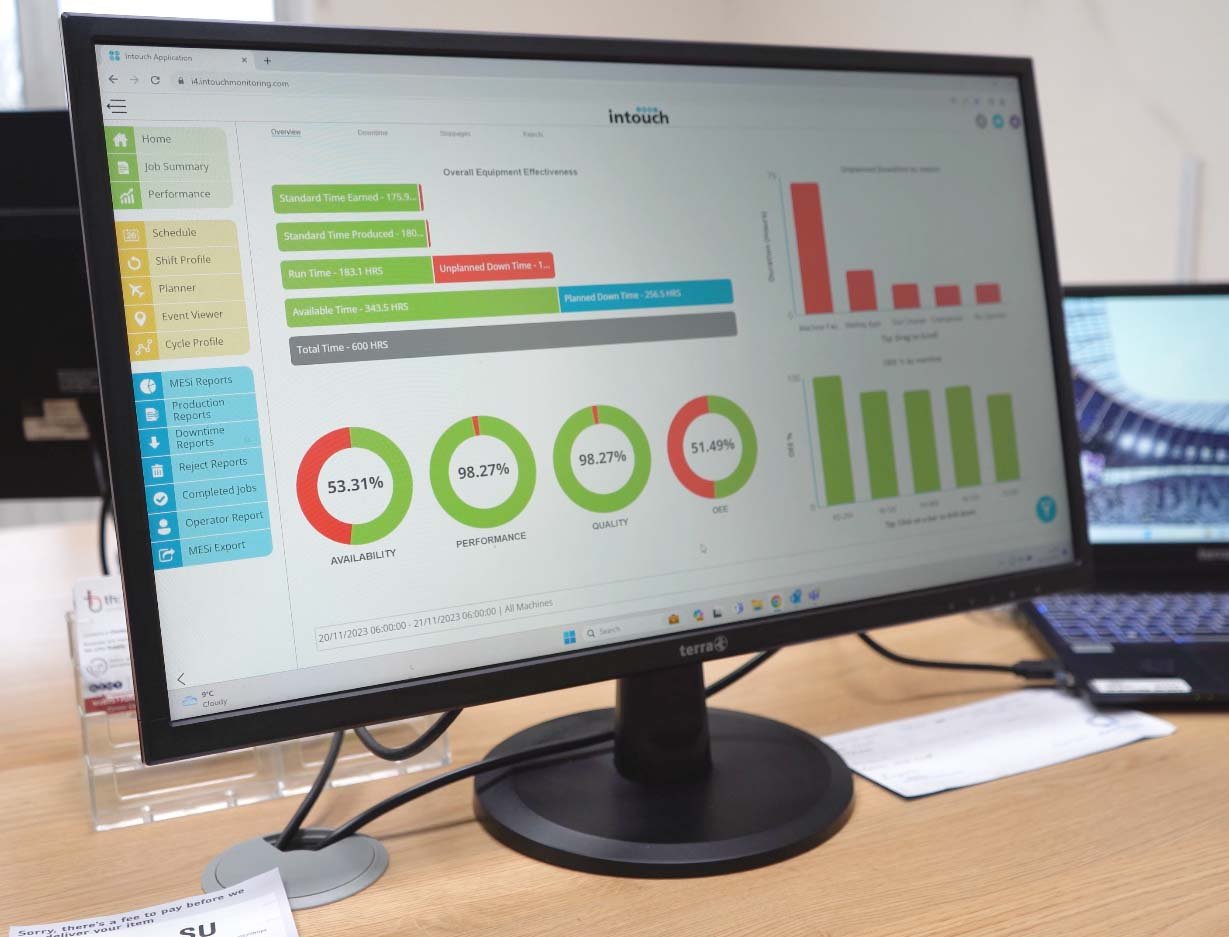The importance of staggering tool changes to minimise downtime in Manufacturing
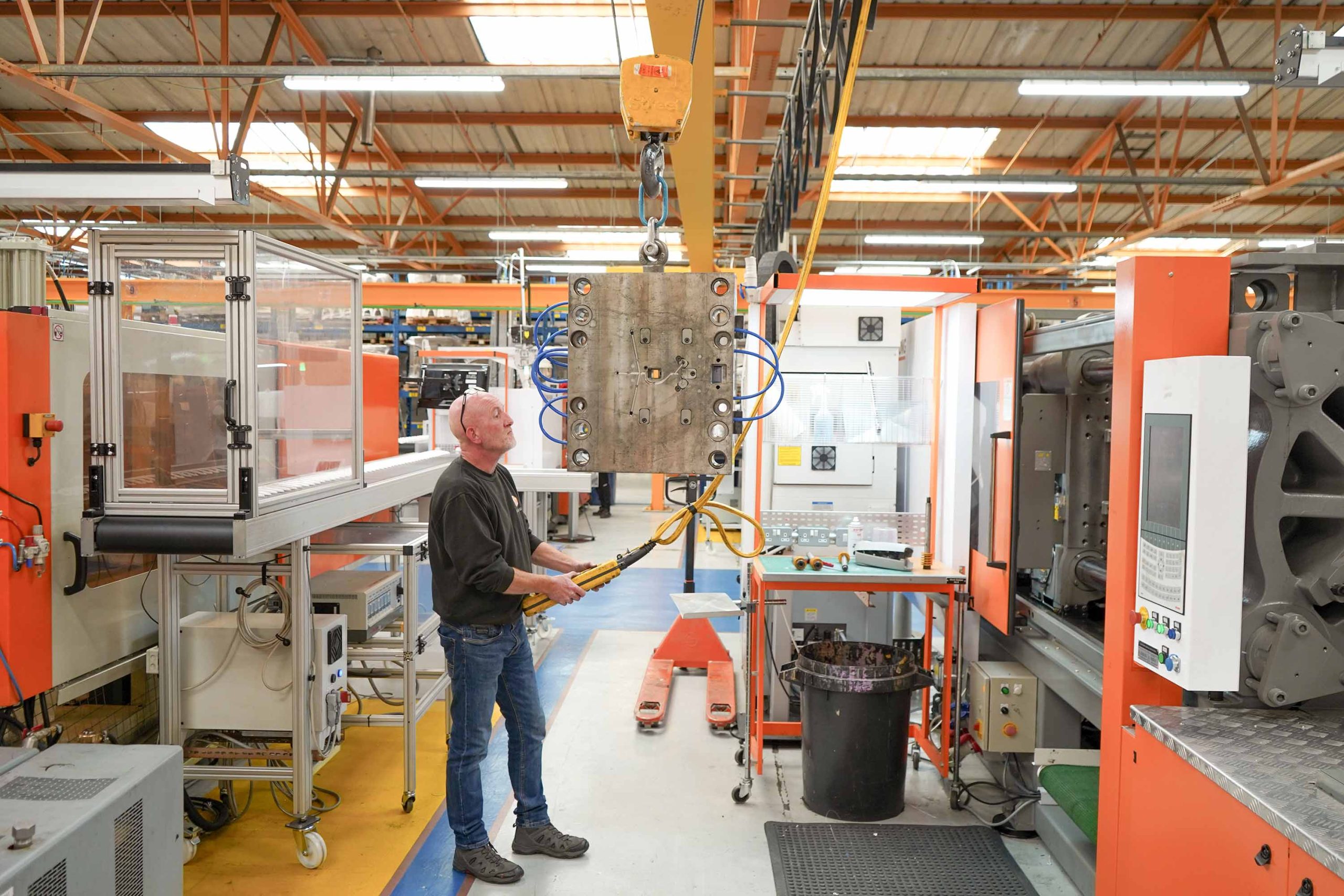
Keeping downtime to a minimum is essential for productivity and profitability for all manufacturers. One of the key culprits behind lost time? Tool changes.
While necessary to maintain quality output, tool changes that are poorly timed or mismanaged can quickly derail a production schedule. The solution is surprisingly simple: stagger them.
Let’s explore why staggering tool changes is an effective strategy to minimise downtime, improve operational efficiency, and ensure that engineers and setters can manage changes without unnecessary delays.
The issue with simultaneous tool changes
In a busy manufacturing environment, especially one with multiple machines running similar or high-volume jobs, there’s a natural tendency for tools to wear out or need to be swapped at the same time. This usually happens when several machines finish their jobs simultaneously, and operators and engineers may need to replace tools on multiple machines at once. The problem arises when there aren’t enough engineers or setters to manage these changes efficiently.
Why it works
Tool changes aren’t instant. On average, it can take anywhere from 30 minutes to an hour to perform a standard tool change, depending on the machine, part, and required adjustments. However, this time can be significantly increased if the tool change doesn’t start immediately after the job is completed.
Let’s consider an example:
Imagine you have five machines in your plant, all finishing their respective jobs around the same time. Each machine requires a tool change that would typically take 1 hour to complete. However, if the tool change on the first machine is delayed by just 30 minutes before an engineer arrives to begin the process, it could result in a total downtime of 1 hour and 30 minutes for that machine instead of the expected 1 hour. Now, imagine that this delay happens for multiple machines at once—your total downtime increases rapidly.
When tool changes are not staggered or planned in advance, you risk having several machines waiting for engineers to handle the changes simultaneously. This results in unnecessary downtime, lost production hours, and increased costs. The overall effect on efficiency can be profound, especially in high-volume environments where time is of the essence.
Why staggering works
The answer lies in proactive planning. Staggering tool changes allows engineers and setters to work sequentially, rather than scrambling to tackle multiple jobs at once. It spreads the workload, reduces stress, and — crucially — keeps machines offline for less time.
A digital production monitoring system, such as Intouch Monitoring, can be an invaluable tool here. By tracking machine usage and job progress in real time, it can predict when a job will finish and a tool change is due — allowing production managers to adjust schedules and stagger changes accordingly.
Picture a production run spanning multiple shifts. The monitoring system identifies three machines due for tool changes within a short window. Instead of allowing them to overlap, the system adjusts timing slightly, ensuring only one machine is stopped at a time. The result: smoother workflow, reduced pressure on staff, and minimal disruption.
By staggering tool changes, you ensure that there is enough capacity for your engineers to handle each tool change effectively. With proper planning, your team will be able to handle tool changes without having to rush, reducing the likelihood of mistakes, prolonging the life of your equipment, and preventing the associated downtime from dragging on.
How a monitoring system can help predict tool changes
The Intouch Monitoring platform doesn’t just track when tool changes are needed but also provides real-time insights into how production schedules are progressing. The system will help notify planners in advance when tool changes are approaching and help schedule these changes strategically to prevent clashes and delays.
One of the critical advantages of such a system is its ability to predict when tool changes will occur and give planners enough time to prepare. By integrating this information into your scheduling software, planners can adjust shift schedules, allocate resources effectively, and ensure that an adequate number of engineers are available for the required tool changes.
For instance, if your monitoring system shows that three machines will require tool changes in the same window, the system can alert planners so they can either schedule an engineer for each change or stagger the tool change times to ensure one job follows the other.
This type of predictive scheduling eliminates the risks of multiple tool changes happening simultaneously. It also helps balance the workload among available engineers, ensuring that downtime is minimised and production efficiency is maximised.
Tool change reports - An essential feature for scheduling
At Intouch Monitoring, we understand the importance of minimising downtime through efficient planning. That’s why our Tool Change Report is included in all of our pricing plans. The Tool Change Report is a powerful feature of our monitoring system that allows manufacturers to track the tool change needs of each machine in real-time.
With this report, planners can easily monitor when a machine is approaching the end of a cycle, when tool changes are likely, and how to adjust the schedule to ensure the right resources are available at the right time. The report helps identify potential bottlenecks, giving planners a heads-up on when multiple machines might finish at once and enabling them to stagger tool changes accordingly.
With our Tool Change Report, you can:
- Track the status of each machine and its upcoming tool change requirements
- Analyse production schedules to identify where potential conflicts might arise
- Adjust shift schedules based on the tool change data to ensure enough engineers are available for each change
By using this feature, you can seamlessly stagger tool changes, improve workflow, and significantly reduce downtime.
Best practices for staggering tool changes
To make the most of staggered tool changes, here are some additional best practices you can implement:
- Maintain a Tool Change Inventory: Keep an organized inventory of frequently used tools, so engineers are prepared for changes without delays in fetching replacement tools
- Cross-train engineers: Ensure that engineers are cross-trained on multiple machines, so they can handle tool changes on different equipment when needed. This adds flexibility to your team’s capabilities and ensures that tool changes can be covered when multiple machines need attention.
- Time studies for Tool Changes: Conduct regular time studies to understand exactly how long each type of tool change takes. By identifying patterns in tool change duration, you can refine your scheduling practices and predict changes more accurately
- Communicate early and often: Ensure that production teams, machine operators, and engineers are all on the same page. Early communication about when a tool change is expected can help engineers plan their time and manage workloads effectively
- Automate where possible: If your machinery supports automated tool changes, take advantage of this capability to reduce the time and labor involved in manual changes. Automation can help eliminate delays and ensure smoother transitions between production runs
Staggering tool changes to optimise manufacturing performance
Tool changes are an inevitable part of plastics manufacturing, but they don’t have to result in excessive downtime. By staggering tool changes, predicting when they will occur, and ensuring engineers are available to handle each one efficiently, manufacturers can significantly reduce downtime and improve overall production efficiency.
A well-implemented monitoring system, like our Tool Change Report, is an invaluable tool for managing this process. With predictive scheduling and real-time insights, you can adjust your plans to ensure that downtime is minimised, resources are used effectively, and production remains on track.
By embracing these strategies, manufacturers in the U.S. plastics industry can boost their productivity, reduce costs, and stay competitive in a demanding market.
3 Signs that you are ready to digitise your factory
Are you under pressure to improve efficiencies and reduce down time, which means you’re now looking to implement smart factory technology…
Plastics Manufacturing in a volatile world
The pandemic has highlighted that the need for flexibility and adaptability in manufacturing operations is crucial for navigating…
5 ways you could improve your production efficiency right now
The importance of production efficiency cannot be overstated. It means you are making the most out of your resources – time, materials,…
Have you thought about adopting smart technology?
What's stopping you adopting smart technology in your plant? Are you worried about the costs, the expertise and training needed? What is…
The advantages of a paperless manufacturing operation
So what happens when you switch to a paperless Manufacturing Execution System? You immediately get more predictable manufacturing with more…
Why is planned downtime for maintenance so important?
Often with pressure of delivery deadlines, it is easy for planned maintenance to be pushed down the priority list and only maintain it when…
How to choose the right manufacturing execution system (MES) for you
Selecting the right MES solution will give you the data and insights necessary to optimise your OEE, give you a competitive advantage and…
What would a 1%, 5% or 30% improvement in OEE mean to you?
Are you under pressure to improve efficiencies and reduce down time, which means you’re now looking to implement smart factory technology…
How to transform your plant’s efficiency and profitability with MES
Squeezing everything from your resources without compromising on quality is a challenge increasingly faced by manufacturers. So how can…
How it works
Getting started with Intouch is as easy as 1, 2, 3
1. Book a demo
Let us show you what we can do. Jump on a demo call and our friendly team will take you through the Intouch system and answer any questions you might have.
2. Enjoy a free trial
Don’t just take our word for it! We’ll lend you our technology for a 60-day free trial so you can see exactly how it can benefit the everyday operation of your business.
3. Receive ongoing support
It doesn’t end there. If you decide Intouch is the right production monitoring system for you, we’ll work with you to help you take control and make significant improvements in OEE.

